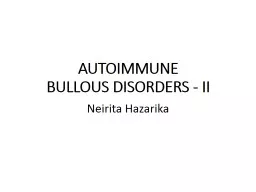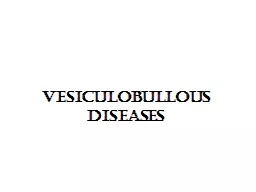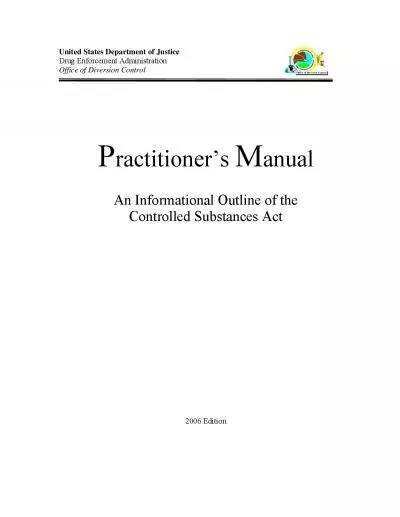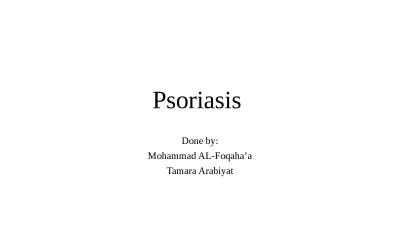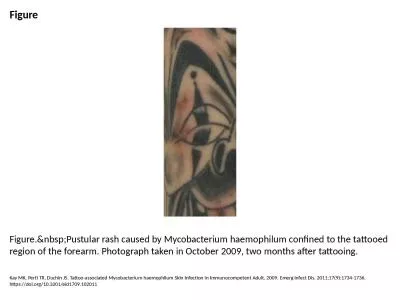PDF-Vesiculobullous and Pustular LesionsWhile vesiculous, bullous and pust
Author : conchita-marotz | Published Date : 2015-10-02
Fig21Regional hyperhidrosis Fig23 Nose The Importance from a Dermatological Point of View and the face so these pruritic lesions can be prominent on the nose Fig Ophthalmic zoster resulti
Presentation Embed Code
Download Presentation
Download Presentation The PPT/PDF document "Vesiculobullous and Pustular LesionsWhil..." is the property of its rightful owner. Permission is granted to download and print the materials on this website for personal, non-commercial use only, and to display it on your personal computer provided you do not modify the materials and that you retain all copyright notices contained in the materials. By downloading content from our website, you accept the terms of this agreement.
Vesiculobullous and Pustular LesionsWhile vesiculous, bullous and pust: Transcript
Download Rules Of Document
"Vesiculobullous and Pustular LesionsWhile vesiculous, bullous and pust"The content belongs to its owner. You may download and print it for personal use, without modification, and keep all copyright notices. By downloading, you agree to these terms.
Related Documents

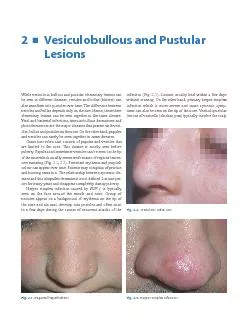
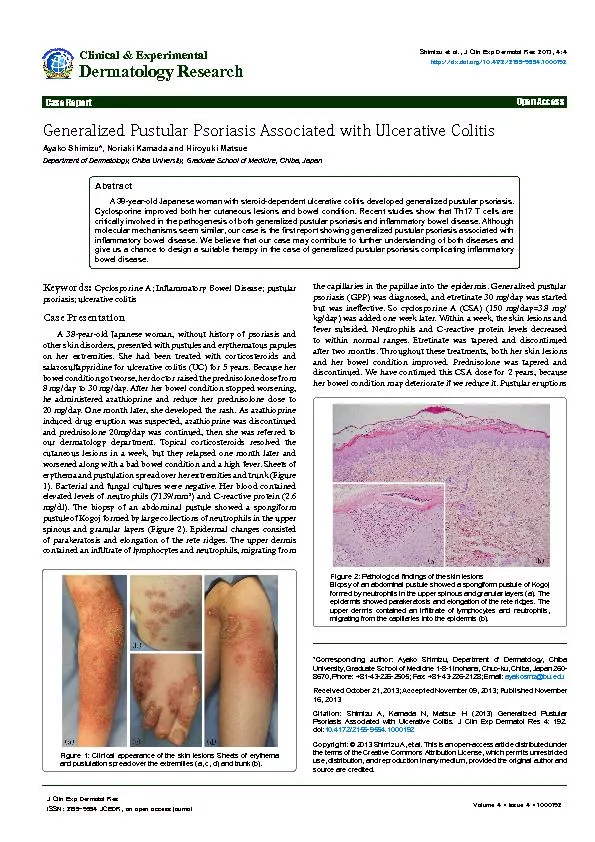


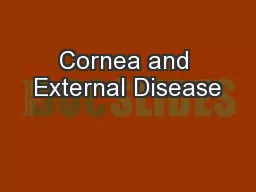
![[READ] Reversing Bullous Pemphigoid Naturally The Raw Vegan Plant-Based Detoxification](https://thumbs.docslides.com/882227/read-reversing-bullous-pemphigoid-naturally-the-raw-vegan-plant-based-detoxification-regeneration-workbook-for-healing-patien.jpg)
